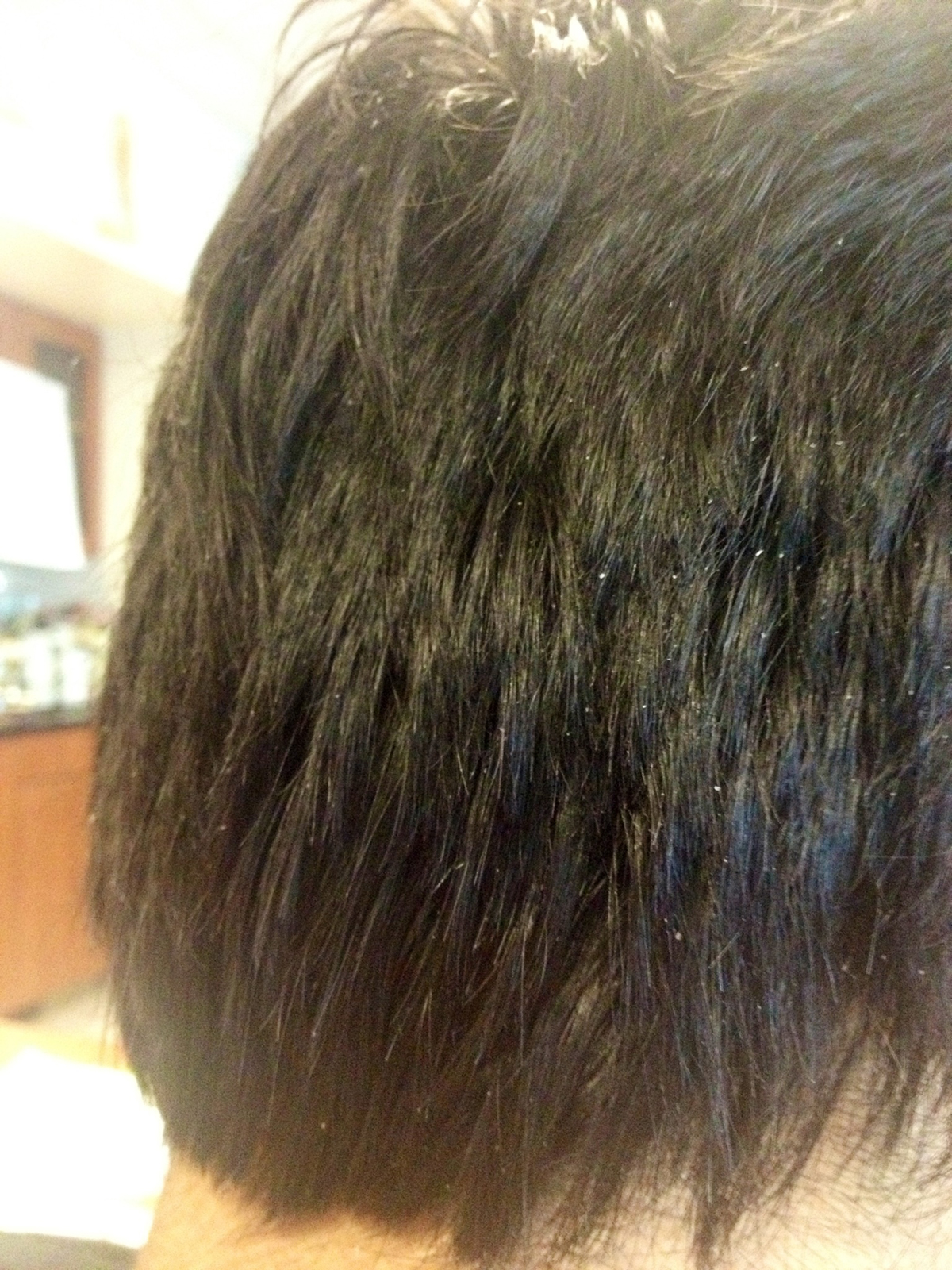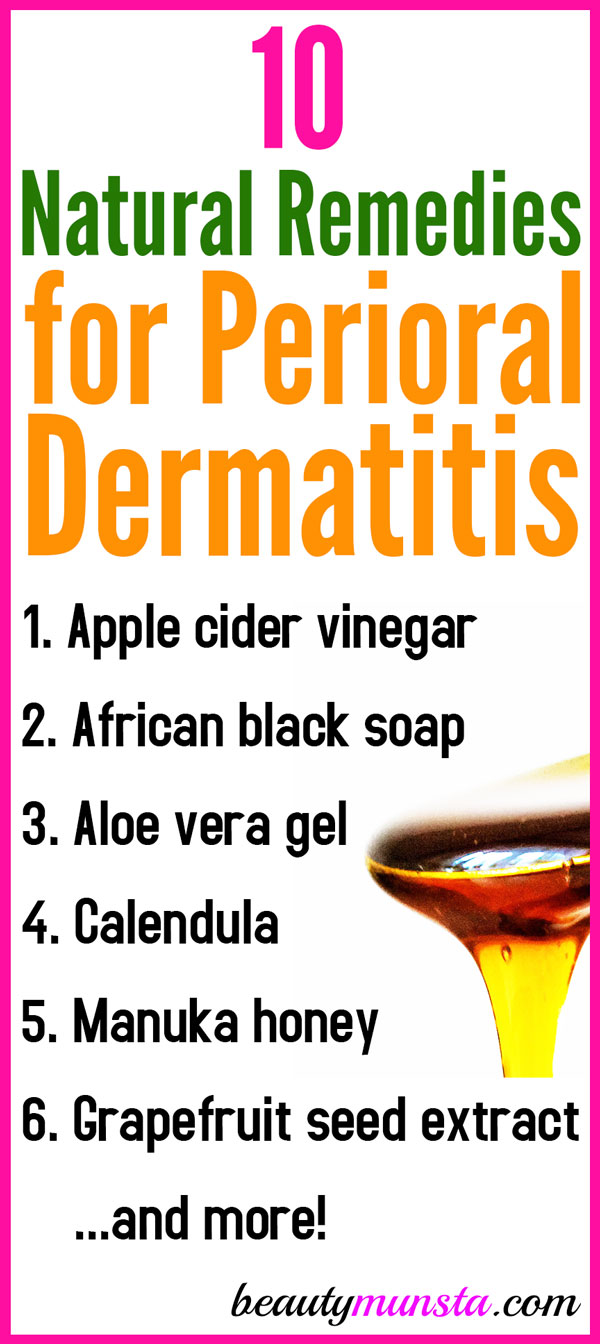Table of Content
Seborrheic dermatitis is a skin condition which causes an itching scalp and facial dryness. It is a fairly common complaint affecting an estimated 6 million people in the U.S. Its symptoms are fairly similar to other conditions like psoriasis and other types of eczema meaning it is not always easily diagnosed. Some products are used daily, others are used twice daily for two weeks then two times a week. Dermatitis refers to a group of skin conditions that commonly cause itching, dryness, redness.
If that's the case, try alternating between two or more types. Be sure to leave your shampoo on for the full recommended time — this allows its ingredients to work. These shampoos may be rubbed gently on the face, ears and chest and rinsed off well.
How Tea Tree Oil Fights Seborrheic Dermatitis
Apply the wet cloth to the affected regions for a few minutes. These medical treatments may be effective for some people—but others have not experienced significant benefits from trialing them. If you have seborrheic dermatitis, you may have tried natural remedies. We look at the most popular remedies and how the right treatment can help stop flakes. There’s little that can be done to prevent seborrheic dermatitis. Topical antifungals include ciclopirox, ketoconazole or sertaconazole.

With a long history in skin scare treatment this is a true power house. The strong acidity of the main acid found in apple cider vinegar help destroy seborrheic dermatitis causing fungus and restore the skins natural acidic environment. Apple cider vinegar can be very potent in its pure form, so you should always dilute it before applying it to your skin or scalp. Based on research studies, topical colloidal silver displayed impressive antifungal benefits against the Malassezia fungus . When mixed into antifungal and anti-dandruff shampoos, colloidal silver could also further enhance the efficacy of these agents .
Coconut oil
After your symptoms clear up, use a medicated shampoo just once a week or once every two weeks. The cure for this skin condition depends upon its severity. Although there is no permanent cure for this condition in adults, you can effectively reduce seborrheic dermatitis intensity by utilizing some home remedies. Taking some precautions like cleansing the affected area with a gentle soap or shampoo may significantly reduce the symptoms. In infants, this condition tends to completely disappear within six months to one year with proper treatment. Seborrheic dermatitis causes patches on your skin that have redness, and the skin becomes flaky too.
As October has hit, naturally SD has come fighting so I’ll be upping the anti! I only seem to get it on my scalp, although this may have something to do with my weekly facial scrubs which are also all homemade remedies. This seemed to be the case for me as well when the skin was already damaged from previous itching. My best results were achieved with the ACV when I had thick scaling/flaking without much damage. Also when massaging, I made sure to apply pressure, but not tear the skin.
How to Use Coconut Oil to Remedy Seborrheic Dermatitis
Yet, they're always recommended as a safe and natural therapy for this skin condition. Seborrheic dermatitis is a chronic inflammatory skin condition characterized by itchy, inflamed skin, severe dandruff, and scaly patches. The symptoms usually affect areas of your body rich in sebaceous glands, such as your scalp, chest, and back . You've tried all the chemical treatments under the sun, but your seborrheic dermatitis never improved. Maybe you've experienced some side effects from antifungal therapies.

Personally I found that rinsing the honey with boiled water after treatment also works much better than regular tap water. My thinking is that boiling the water changes it alkalinity. Most people online have, however, been using regular tap water to rinse.
How Coconut Oil Fights Seborrheic Dermatitis
An essential oil like tea tree oil must be diluted before you apply it to your scalp or skin. Virgin coconut oil and olive oil make great carrier oils for the purpose. Not only do they help dilute your essential oil but they have plenty of outstanding health properties in their own right.

Fortunately, you will not have to consume colloidal silver for seborrheic dermatitis. And the topical application of colloidal silver to the skin in moderate amounts is unlikely to cause this side effect. Nonetheless, most of these benefits come from anecdotal evidence and have yet to be well-supported by scientific research. It could still be worth a shot since members of the seb derm community have shared the benefits they experienced from using topical MCT oil.
Sunscreen will protect your skin so it should always be used whenever you are going outside. Along with that, sunscreen should also be washed off when you are done in the sun to reduce excessive oil build up on your skin. One of the simplest ways to reduce the chances of getting this skin issue would be simply to keep up with your overall body hygiene.
Type of treatment depends on the area of the body that is affected and how severe your condition is. Seborrheic dermatitis and acne can appear at the same time, in the same places on your body. Use some of these remedies to treat the itching and stinging caused by seborrheic dermatitis and forget about the discomfort.
If this condition occurs in infants, it causes scaly, crusty patches on the baby’s scalp, called a cradle cap. Aspirin is an over-the-counter medication that has been proven to reduce seborrheic dermatitis flare-ups and treat them naturally. Salicylic acid is abundantly available in this medication which acts as an exfoliator by eliminating the excess oil and reducing inflammation . You can also use raw honey and apple cider vinegar to treat seborrheic dermatitis in ears.

However, the ways to use them in the ears are a little bit different from on the scalp. As many people know, baking soda is a wonderful product for whitening teeth to making beauty. Apart from these, it is an effective way to treat seborrheic dermatitis by making the alkaline environment that the fungus cannot live in it.
There are several reasons why someone may opt for natural remedies to combat seborrheic dermatitis symptoms. They may have experienced significant side effects or developed an allergic reaction to medicated treatment. Some people are wary of the strong chemicals present in them, while others are using them alongside medications to bolster efficacy and foster better recovery. How often you shampoo or apply other antifungal products will depend on your hair-grooming practices and symptoms. Medicated shampoos can be used once a day or 2 to 3 times a week for several weeks. Let the product sit on your scalp for a few minutes — see package directions — so it has time to work.

No comments:
Post a Comment